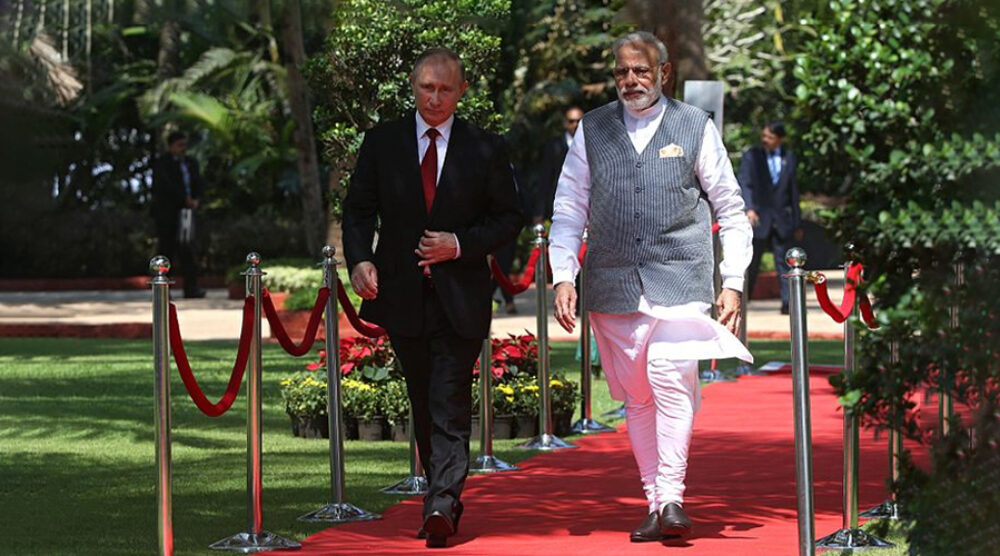In October 2022, India abstained from voting in a UN Security Council draft resolution against Russia’s annexation of areas of Ukrainian territory it has seized. This passive support for Vladimir Putin’s imperialism is at odds with India’s membership of the Quad—the other three Quad nations voted to condemn Russian aggression. India’s vote underlines that on defence and security matters beyond the Quad, its cooperation with the United States, Japan and Australia is problematic. India’s geostrategic aspirations and modus operandi are not like others.
Under Prime Minister Narendra Modi, India aims to become a leading power able to shape international order. Achieving this ambition involves placing atma-nirbhar (strategic autonomy) as the first pillar of Indian diplomacy.
Strategic autonomy is the ability of a state to pursue its national interests and adopt its preferred foreign policy without being unduly constrained by other states. Such autonomy is most easily achievable in a multipolar international system where several great powers can be played off against each other. Unsurprisingly, the second pillar of Indian diplomacy is its ‘multipolar focus’.
Please click here to read the full “India’s fickle geostrategic framework” article published at East Asia Forum, written by Griffith Asia Institute Visiting Fellow, Dr Peter Layton.








